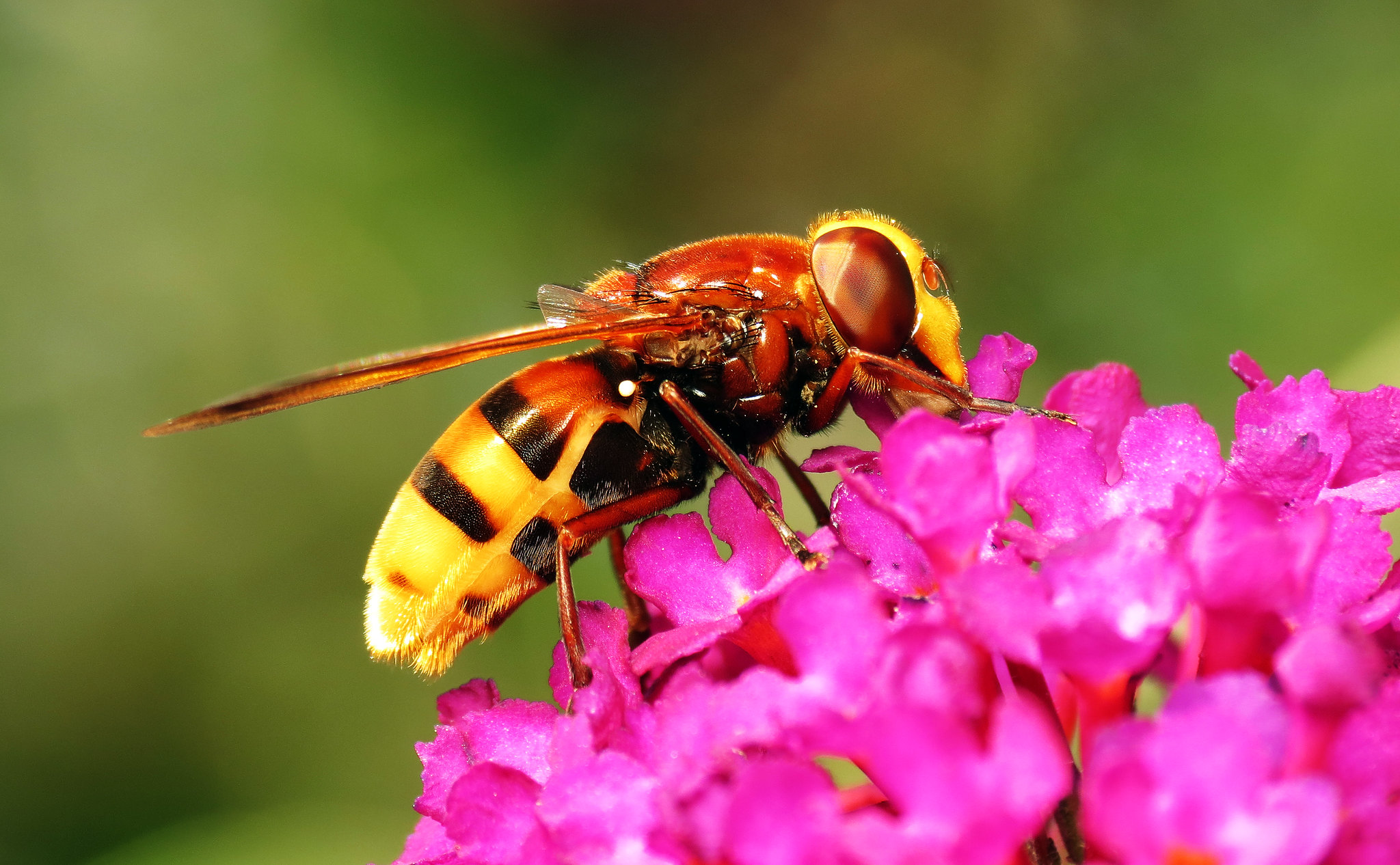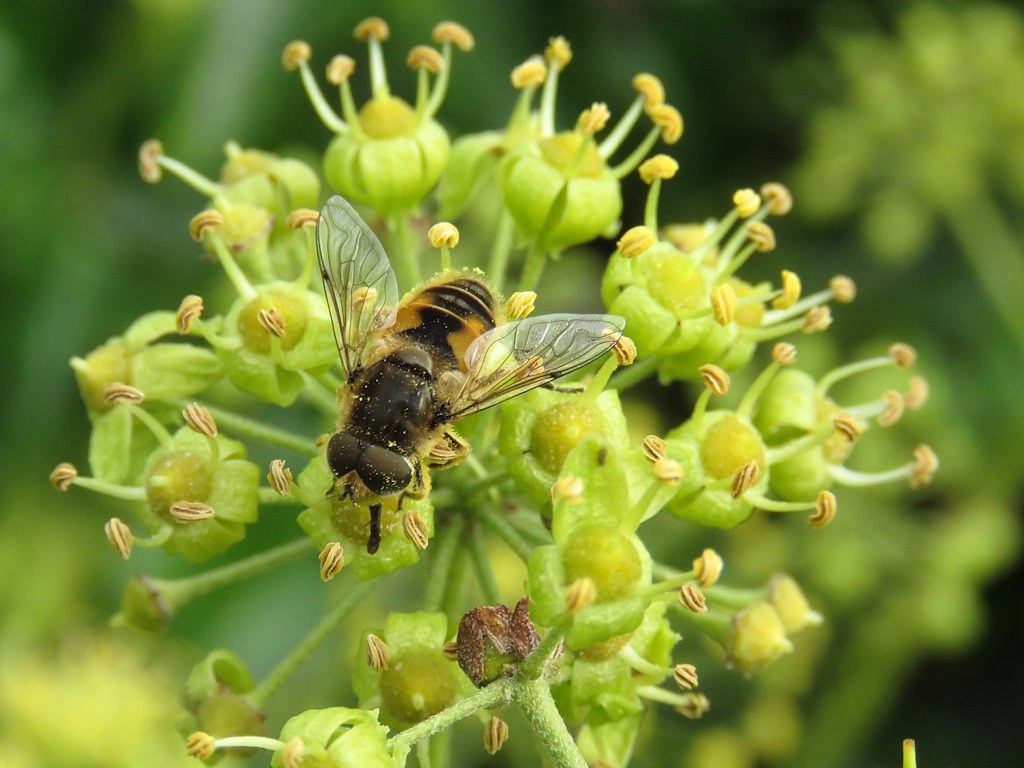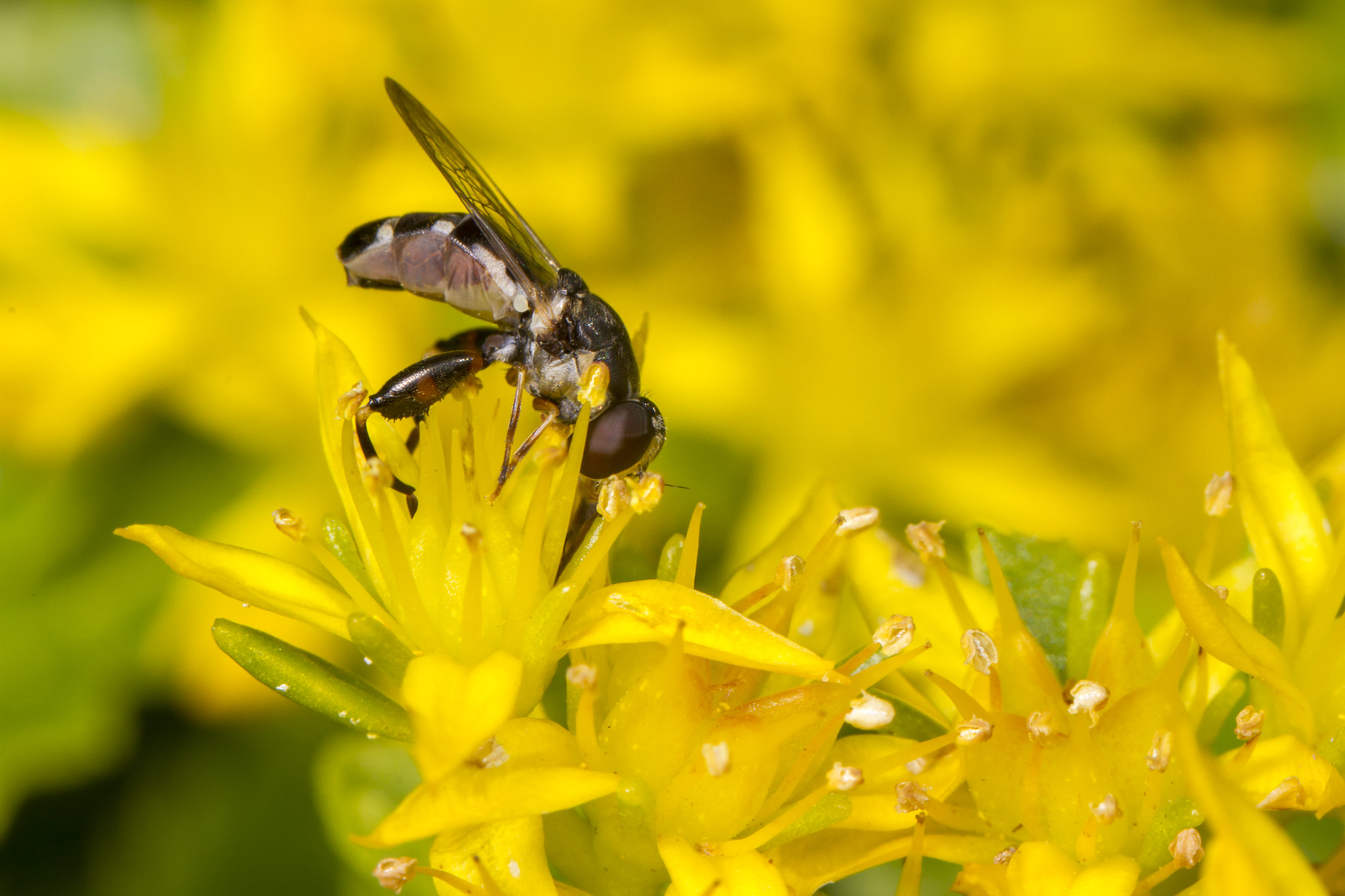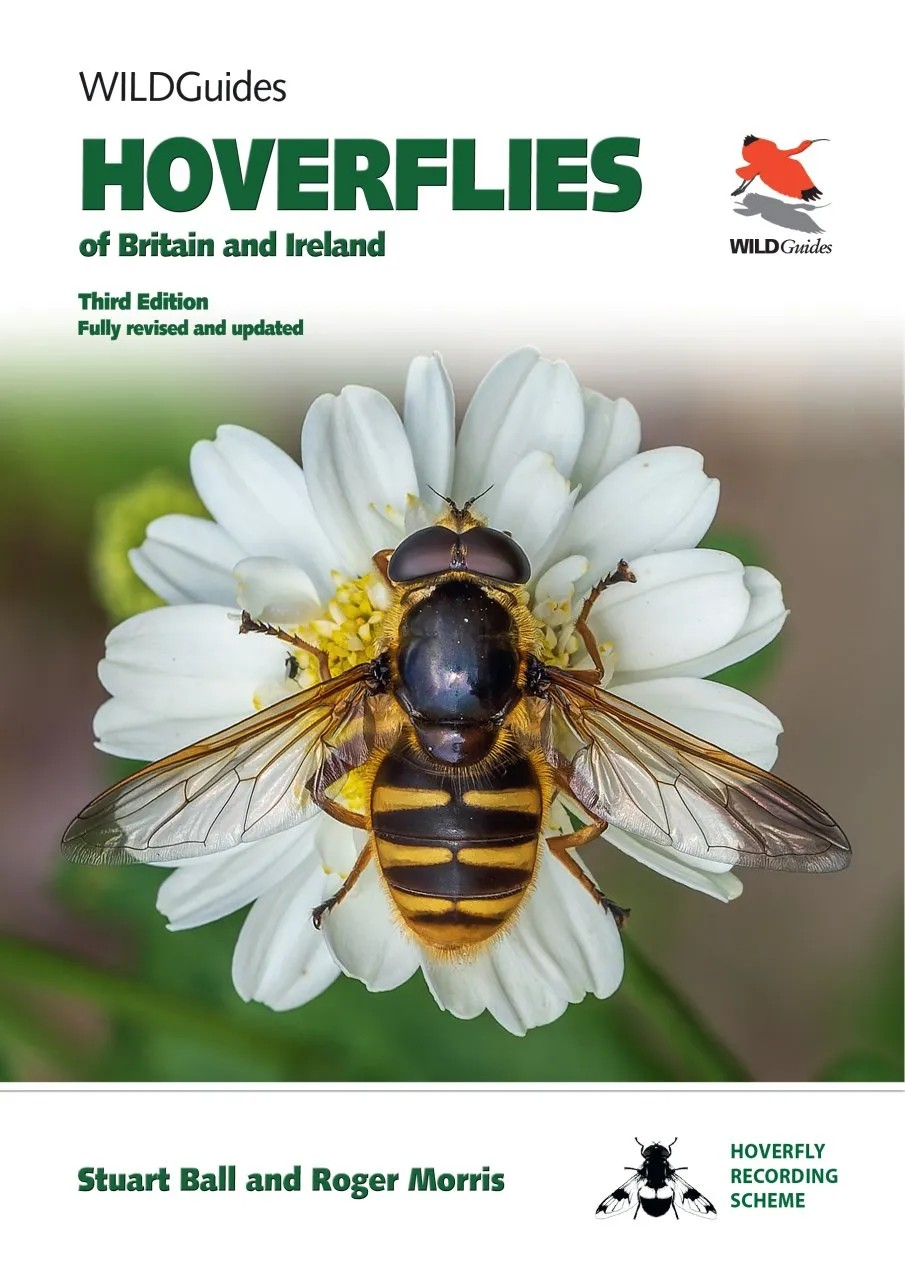 Hoverflies of Britain and Ireland is a beautifully illustrated photographic field guide that details the hoverfly species readily available in Great Britain. This revised and updated third edition details 13 additional species and features more than 840 stunning photographs, alongside a host of other improvements to aid reliable identification. As such, this is the most accessible, authoritative and easy-to-use guide available, and a must-read for all entomologists and naturalists alike.
Hoverflies of Britain and Ireland is a beautifully illustrated photographic field guide that details the hoverfly species readily available in Great Britain. This revised and updated third edition details 13 additional species and features more than 840 stunning photographs, alongside a host of other improvements to aid reliable identification. As such, this is the most accessible, authoritative and easy-to-use guide available, and a must-read for all entomologists and naturalists alike.
Stuart Ball and Roger Morris have been running the Hoverfly Recording Scheme since 1991 and published the Provisional Atlas of British Hoverflies in 2000. Stuart and Roger both worked as entomologists for the statutory nature conservation agencies, are both active members of the Dipterists Forum, a society that promotes the study of flies, and have subsequently run many hoverfly identification courses prior to their retirement.
We recently had the opportunity to talk to both Stuart and Roger about the book, including how they first became interested in working with hoverflies, where the ‘new species’ that are now detailed in the third edition have come from and more.
Firstly, can you tell us a little about yourselves and your history of working with hoverflies?
In the late 1980s and early 1990s, we worked for the Nature Conservancy Council’s ‘Invertebrate Site Register’ and were active entomologists with a broad interest in flies. Alan Stubbs, our boss at the time, was looking to re-vitalise the Hoverfly Recording Scheme following Philip Entwistle’s retirement and twisted our arms to take it on. The idea was to combine Stuart’s interest in computing and data interpretation, and Roger’s interest in hoverflies, to try to get the scheme back off the ground. At that time there were about two cubic metres of record cards and about 50,000 computerised records. We took the project on, knowing that we would have to computerise those cards, check the existing computerised data and draw in data from numerous other datasets. Little did we realise what it would entail and how it would change our lives! We produced a provisional Atlas in 2000, a second one in 2011 and now have maps available online. Although we are still running the scheme, we do want to see it safely transition to a new generation before we become too long in the tooth!

You are both involved in organising and managing the database of the Hoverfly Recording Scheme. Can you tell us a little bit about it and why the scheme is important?
We split responsibility – Stuart manages the database and deals with data import and final validation processes, whilst Roger deals with day-to-day contact with recorders, including verification of iRecord data and active engagement via the UK Hoverflies Facebook group. The dataset now comprises over 1.8 million records and is the largest dataset for an insect group, except for Lepidoptera and Odonata. The size of the dataset, combined with the unique ecological significance that arises from their various larval feeding strategies, makes hoverflies an excellent subject for many lines of research. The most obvious one has been interest in pollinators, but there are growing avenues of interest in hoverflies because they are sensitive to climate change and also because they are often highly habitat specific. Scheme data is also used in the triennial ‘State of Nature’ reporting.
There are 13 additional species included in this updated edition. Where have these ‘new’ species come from?
When we started work on the new edition there was scope to expand the book, but obviously much less scope to completely re-organise its structure. The species chosen were mainly included because experience has shown them to feature among the species whose photos are posted online and, therefore, people want to know about them. One big change we have made has been to make sure that all Eristalis species are covered and that we have a key to assist in their identification.

The third edition includes a new section on putting data to good use. Why was this important for you?
Our objective from the onset has been to produce a book that is somewhat different from a traditional identification guide. We wanted to make sure that readers thought about both the animal they saw and its larval biology. Moreover, we wanted to encourage high-quality recording. Our background in nature conservation has taught us that the biggest impediment to insect conservation is a lack of reliable data. So, we felt it was necessary to show readers how records might be used and what messages they can convey. The use of models to investigate aspects of wildlife biology and conservation is relatively new, so showing readers that data can be used for a lot more than just ‘dots on maps’ is essential if we are to foster an ongoing high-quality recording community.
Traditionally, hoverfly guides use dichotomous keys as the primary aid for identification. What challenges did you face in producing an identification guide based on photographs and why did you feel that a photographic guide was the right choice for this book?
When we originally developed the book, it was not our intention to replace the existing monographs which include full keys, such as British Hoverflies (Stubbs & Falk 2002), Hoverflies of Northwest Europe (van Veen 2010) and the newer Hoverflies of Britain and North-West Europe (Bot & van de Meutter 2023). Our intention was to produce a companion to these books which illustrated the key features using field photos of live flies and close-up shots of specimens to make the identification process more accessible. The huge growth in records coming from photos posted online meant that we especially wanted to target photographers who wish to put a name to the animals in their pictures. Moreover, had we used traditional keys, the book would have been 400+ pages long and would have been considerably more expensive. Britain’s Hoverflies was quite a brave move for WILDGuides at the time because they had not tackled such a large insect family. The design and the contents had to be marketable, appealing and affordable to people who might not normally buy a book on flies. Coming up with guidance that does not involve keys has been a challenge and we must credit Rob Still for the design inspiration and turning our rough ideas into something workable. Since that first edition, the book has evolved and expanded. It is now a lot bigger, but we have held to our basic belief that it should be complimentary to these other works rather than a replacement.

This updated edition includes revised maps, flight-period charts and population trends for hoverfly species across Britain. Have you observed any changes in behaviour or distribution in response to developing environmental challenges? And do we have a clear idea of how these insects are likely to be impacted in the future?
All insects are responding to a plethora of environmental changes, but we are in a better position to investigate the challenges facing hoverflies because there is such a big dataset and new data arrives in volumes that we could only have dreamt of 30 years ago. Some species are expanding their range, while for others the frequency with which they are recorded is diminishing and/or their range is contracting. Species that were once at the edge of their European range have moved northwards, some quite dramatically. Several new species have arrived, apparently under their own steam, as their European ranges have expanded, but others have been assisted by lax biosecurity. A few species have disappeared from south-east England or are in the process of doing so.
It might be assumed that the twin evils of habitat loss and agricultural intensification (including pesticides) are primarily responsible for these changes; however, we think that climate change is having a far more profound impact than is currently accepted. Flies have very thin-skinned larvae and are highly susceptible to changes in humidity, so increases in the frequency and intensity of heatwaves and droughts will have a big impact on them. This sensitivity makes them important indicators – they are arguably climate change canaries that help to explain why so much of Britain’s precious biodiversity is disappearing. Flies are at the bottom of the food chain, so if you lose flies there will be fewer insectivorous birds and mammals, let alone predacious invertebrates such as wasps and spiders.
Hoverflies of Britain and Ireland is published by WILDGuides and is available to pre-order from our online bookstore.







